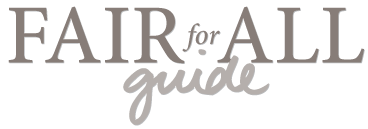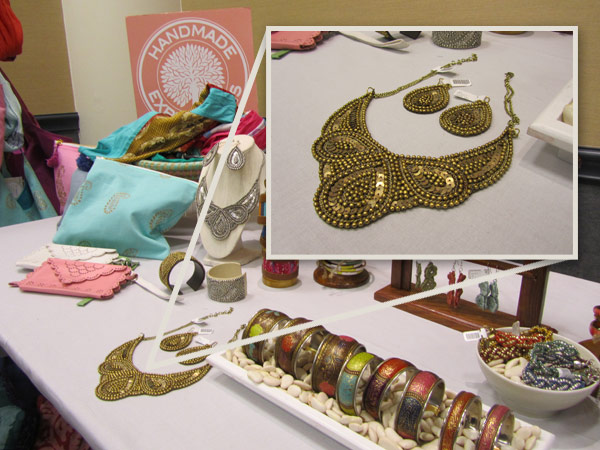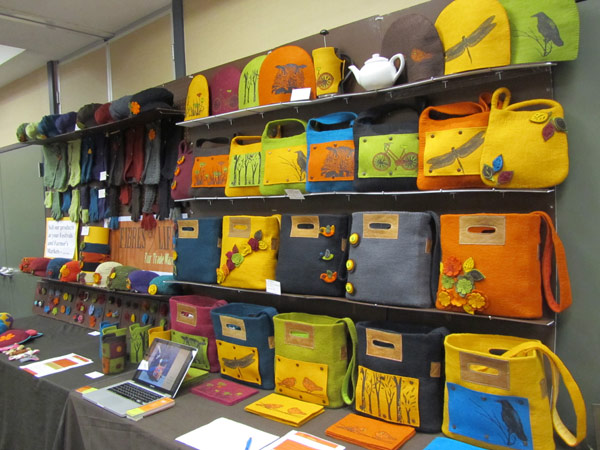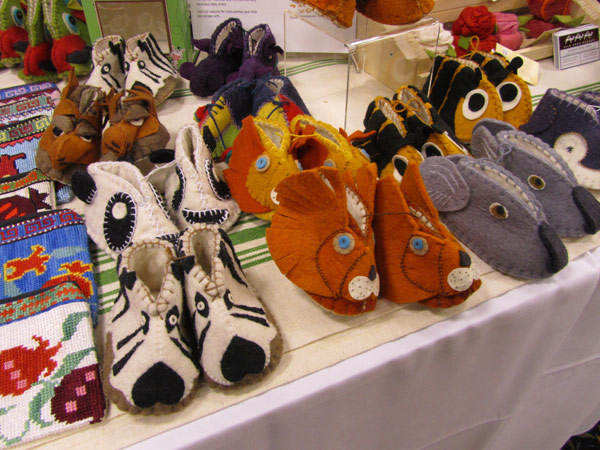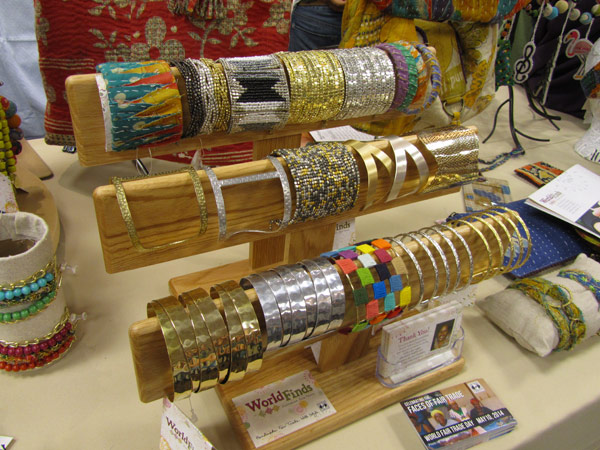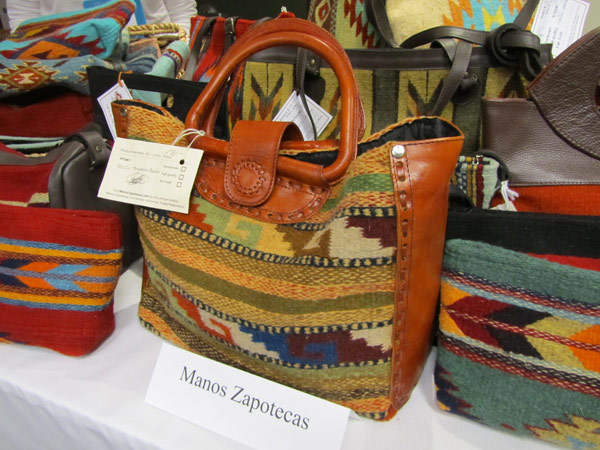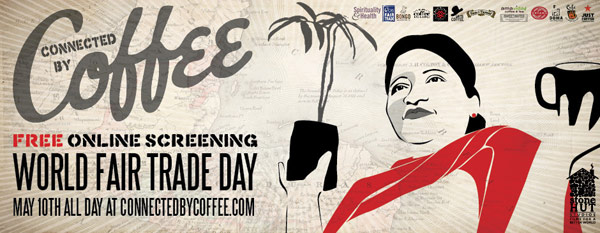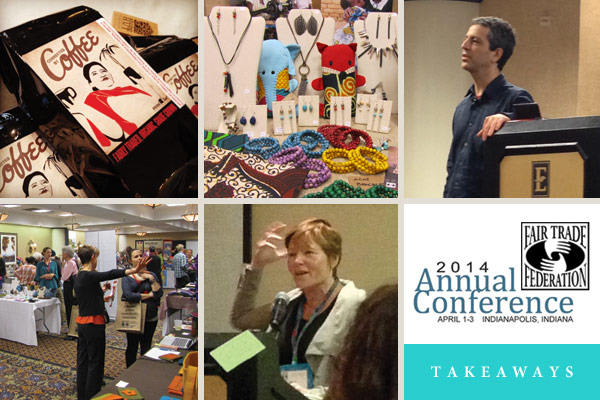The Two Approaches to Fair Trade
One thing you may have noticed if you are just getting familiar with the fair trade universe is the abundance of logos, certifications, memberships and other marks that can appear on fair trade products and websites. (We’ve provided a short description of some of the most commonly-seen fair trade and ethical shopping labels on our Certifications page.)
Each organization or certifying body comes at fair trade with a slightly different approach, but according to Jonathan Rosenthal, one of the founders of Equal Exchange and the keynote speaker at the recent Fair Trade Federation conference, these approaches generally fall into one of two camps.
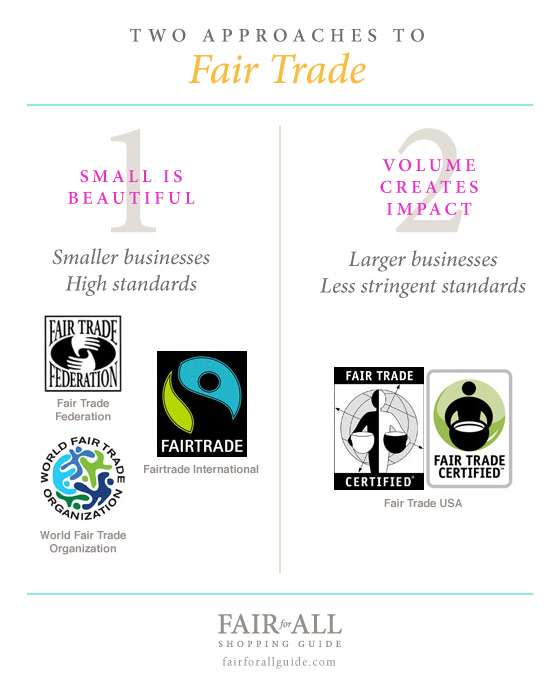
Approach #1: Small is beautiful
One approach to fair trade focuses primarily on small businesses working closely with small producer groups. The size isn’t what matters here, but rather the high standards that their small size allows them to uphold. This is the approach embraced by the Fair Trade Federation (FTF), the World Fair Trade Organization (WFTO), and Fairtrade International (FLO).
Approach #2: Volume creates impact
The other approach to fair trade follows the belief that a greater volume of producers and products will create a greater positive impact. In this model, large corporations and plantations can participate in fair trade. However, to allow these large players to participate, they are sometimes held to standards that are not as high as are found elsewhere in the fair trade movement. The most notable certifier following this approach is Fair Trade USA.
What is the definition of fair trade?
The difference between these two approaches begs the question, “What is fair trade, then?” Is it the high standards upheld by the smaller organizations, or is it the lower standards that allow bigger companies to enter the fair trade landscape? In his keynote, Rosenthal challenged that that’s the question the fair trade movement has to answer. It is our task to figure out what that future of collaboration looks like and, potentially, what it means to reinvent ourselves.
Not being deeply entrenched in the business side of fair trade, I personally haven’t made a hard-and-fast decision about which camp I support. In theory, I lean toward the higher standards followed by the majority of fair trade organizations. In practice, products certified by Fair Trade USA are becoming more and more abundant in stores, and I still buy these products with the assumption that they are ethically superior to their conventional counterparts. The two approaches have become more divided over the several years that I’ve been following fair trade, and to be honest I need to do more research on what specific standards are different between them, in order to make sure my purchases are doing what I think they’re doing. I’ll be sure to share what I learn with you!
What are your thoughts on the two approaches to fair trade? Do you have any helpful resources or articles explaining the differences between fair trade organizations?
